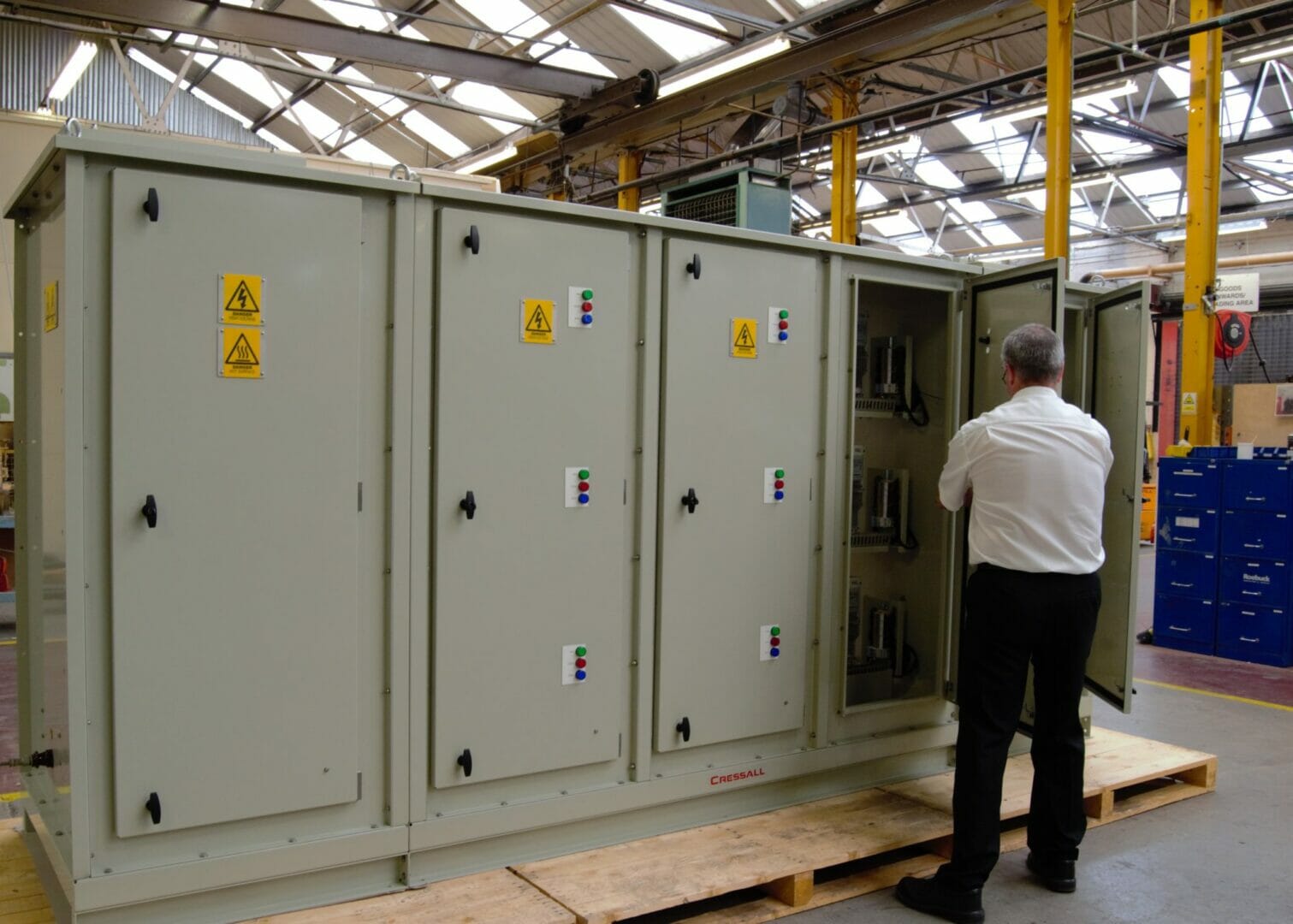“He that idly loses five seconds worth of time… might as prudently throw five seconds into the river”.
Those are the words of Benjamin Franklin in one of his yearly almanacs, as he comments on the consequences of inefficiency.
The factory layout has a large part to play in optimising time, space and overall productivity. Simone Bruckner, managing director at power resistor manufacturer Cressall Resistors, explains how factory design can impact operational efficiency.
The avoidance of waste has a long history. The concepts now seen as lean manufacturing are part of efforts to reduce unnecessary consumption and create a seamless flow of people, materials and information — and Franklin wasn’t the only person who was passionate about the subject. Derived from the Toyota Production System (TPS), lean manufacturing is a systematic method for waste minimisation, without sacrificing productivity.
Wasted time isn’t the only thing that should be optimised. When designing or renovating a production facility, space, production, safety and convenience are all of the utmost importance. For most plant managers, it is imperative that the factory design allows the facility to have efficient production capabilities in order to maximise throughput.
Why design matters
The design of a facility has a powerful impact on productivity. An efficient layout facilitates increased workflow, information and material around the site. If a factory is not designed with efficiency in mind, it can hinder overall profitability.
An inefficient layout leads to waste. As a facility expands, it can be difficult to find a place for everything. If workstations are set up illogically, the production line can quickly become muddled and personnel may disrupt other processes in order to complete tasks — lessening the time spent working on the product.
Planning productivity
To maximise productivity, every company needs a sound production plan. When assessing how to optimise a facility’s productivity, people, materials, space and equipment must all be considered.
Effective planning hinges on a knowledge of the facility’s key activities. When considering the movement around a factory it is important to optimise the space so that it fits production needs, while making the best use of the available area. This can be achieved by reorganising the shop floor and redefining the key production areas.
Though it is important to assign sufficient space for automation equipment, the space should also be designed with people in mind. For example, areas containing high voltage test equipment must accommodate both room for the equipment and space for personnel to safely carry out testing.
The planning itself can also be optimised. Gone are the days of paper drawings, as design and software planning applications can create a digital factory model for the plant manager to review and analyse.
Room for improvement
Starting at the end of 2018, Cressall completed a number of changes to improve efficiency. Previously, the supply chain was moving well, but the team identified some areas for improvement.
One of these areas was the walkway from the manufacturing space for the company’s dynamic braking resistors (DBRs) to the testing area. The walkway broke up the production line, making things cluttered and unclear. With no clear structure that defined each part of the manufacturing process, the entire space was left unoptimised.
Cressall recognised that these areas needed to be optimised to boost productivity. The simple change of moving the walkway meant that each area of production could be clearly defined. The process is now able to flow from assembly, to test and onto packaging without interruption.
The need for space
Cressall also created more floor space. After the team had optimised the space between each production station, almost 30 per cent more space was created. This allows for multi-functional areas in the factory, which can be used for storage purposes or for items waiting to be tested.
By reviewing areas of improvement, the company found that the time taken to transition between each step in the supply chain greatly improved. Not only has this saved time, but it has meant that it is able to produce a greater number of resistors to help meet customer demand.
If a facility is designed with efficiency in mind, it can stay ahead of its competition and increase overall throughput. Keeping things lean and clean not only saves space, but it also means that every second of production is used effectively, and as Franklin highlighted, every second is valuable.





